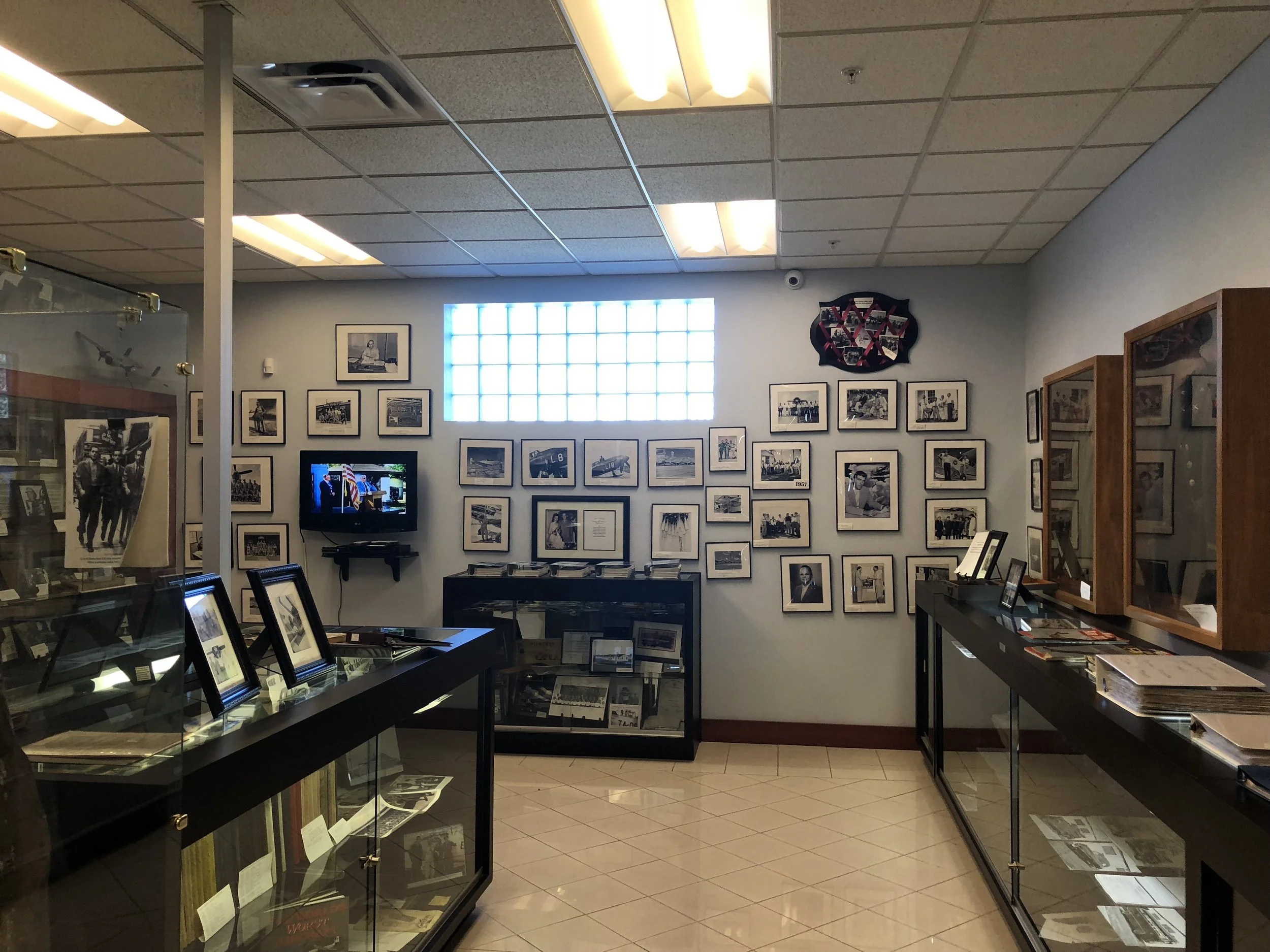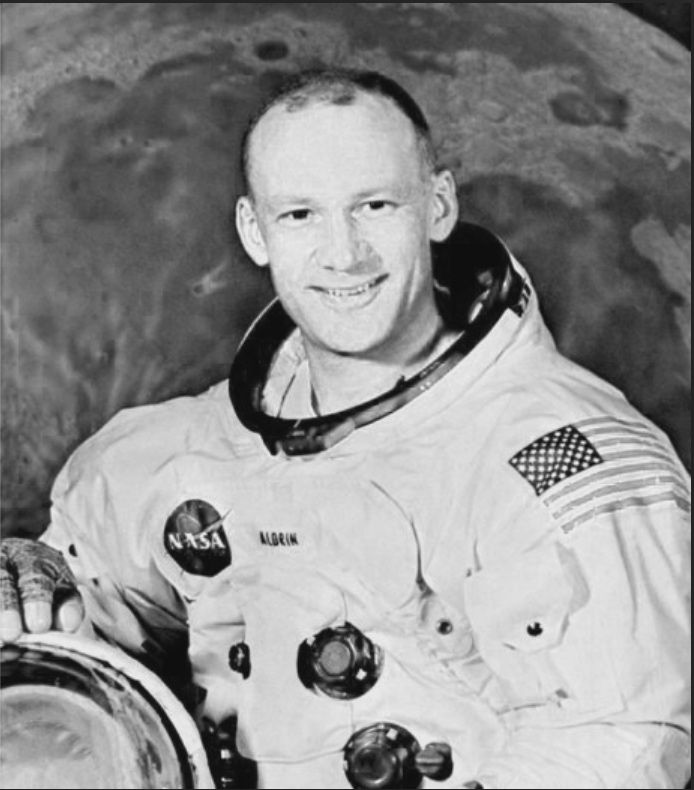History & Museum
IT ALL STARTED WHEN…
The Bartow Executive Airport was originally constructed during WWII as a training field for the US Army Air Corps. Groundbreaking on the airfield took place on December 8, 1941, the day after the Japanese attack on Pearl Harbor. Construction included three runways, barracks, hangars, airfield operations building, dispensary, mess hall, chapel, gymnasium and skeet range. Bartow Army Airfield was operated as a Fighter Replacement Training Station providing facilities for a fighter group and two fighter squadrons flying P-51 aircraft. Pilots were trained in aerial combat maneuvers, gunnery and dive bombing. In 1945 the base was deactivated and turned over to the City of Bartow where a fixed base operator (FBO) ran the airfield and flight line until 1950 when the U.S. Government exercised its reversal clause for the facility and again took control.
The USAF contracted with a private company, Garner Aviation, in 1950 and in 1955 with Truman Miller, to make Bartow Air Base a flight training center for military pilots. The civilian run center hired World War II veterans as flight instructors and was one of nine such training centers created around the country. The airfield was renamed Bartow Air Base and was a primary flight training facility for the Air Training Command from 1951 to 1960. More than 8,000 men graduated from the school, including astronauts Buzz Aldrin, Ed White, and Karol Bobko. Aldrin came to Bartow in 1951 to receive his first flight training after graduating from West Point. That was years before he would become an astronaut, flying on Gemini and Apollo missions, including the first moonwalk mission, on July 20, 1969.
Bartow Airbase officially closed in 1961 and control was returned to the City of Bartow. The City made a formal request to the FAA in 1964 for authority to convert a large building area into an industrial park which was subsequently approved resulting in the opening of the industrial park. The City passed an ordinance that established an airport authority in 1967. The official name being the Bartow Municipal Airport Development Authority. The Authority is composed of five city commission members and an executive director.
The 20,000 sq. ft. General Aviation Terminal houses the Bartow Airport Authority, Bartow Flying Service, Runways at Bartow restaurant, and the Bartow Air Base Historical Museum. The museum owns and displays copies of many yearbooks published by the 70 pilot training classes between 1952 and 1961, as well as some issues of The Eaglet, the Air Base monthly newspaper. Some of the artifacts recovered from P-51 aircraft that crashed into Lake Hancock are on exhibit as well as pilot uniforms.
The Bartow Airport Authority operates self-sufficiently as the primary FBO for the airfield and the operator of its renown flight school. The airport is a true multi-modal hub containing a trucking facility and multiple rail spurs. There are three active runways on the airfield, which is rare for a general aviation airport. There is an operating control tower on the airfield that’s completely privatized with fully licensed and certified air traffic controllers who are airport employees under the Airport Authority. The airport continues its legacy as a primary pilot training facility as it was during WWII.






















